Although any liquid can be used in a hydraulic system, some liquids have advantages over others. Oil is a liquid often preferred as the working fluid. Oil helps to lubricate the various sliding parts, prevents rust, and is readily available. For practical purposes, oil does not change its volume in the hydraulic system when the pressure is changed.
Pressure and Force
The foundation of modern hydraulic powered systems was established when a scientist named Blaise Pascal discovered that pressure in a fluid acts equally in all directions. This concept is known as Pascal’s Law. The application of Pascal’s Law requires the understanding of the relationship between force and pressure.
Force may be defined as a push or pull exerted against the total area of a surface. It is expressed in pounds. Pressure is the amount of force on a unit area of the surface. That is, pressure is the force acting upon one square inch of a surface. The relationship between pressure and force is expressed mathematically.
F = P x A
where:
F = force in lbf
P = pressure in lbf/in.2, (psi)
A = area in in.2
Example 1:
In a hydraulic system, the oil pressure at the inlet to the cylinder is 1500 psi, and the area of the piston over which the oil pressure acts is two square inches. Calculate the force exerted on the piston.
Solution:
Since F = P x A, the force of the oil on the piston is calculated as follows.
F = 1500 lbf/in.2 x 2 in.2
F = 3000 lbf
Example 2:
A hydraulic valve requires a force of 1848 lbf to be opened. The piston area is 3 square inches. How much pressure does the hydraulic fluid have to exert for the valve to move?
Solution:
Since F = P x A, then P = F/A
P = 1848 lbf / 3 in.2
P = 616 lbf/in.2
Hydraulic Operation
The operation of a typical hydraulic system is illustrated in Figure 8. Oil from a tank or reservoir flows through a pipe into a pump. Often a filter is provided on the pump suction to remove impurities from the oil. The pump, usually a gear-type, positive displacement pump, can be driven by an electric motor, air motor, gas or steam turbine, or an internal combustion engine. The pump increases the pressure of the oil. The actual pressure developed depends upon the design of the system.
Most hydraulic systems have some method of preventing over-pressure. As seen in Figure 8, one method of pressure control involves returning hydraulic oil to the oil reservoir. The pressure control box shown on Figure 8 is usually a relief valve that provides a means of returning oil to the reservoir upon over-pressurization.
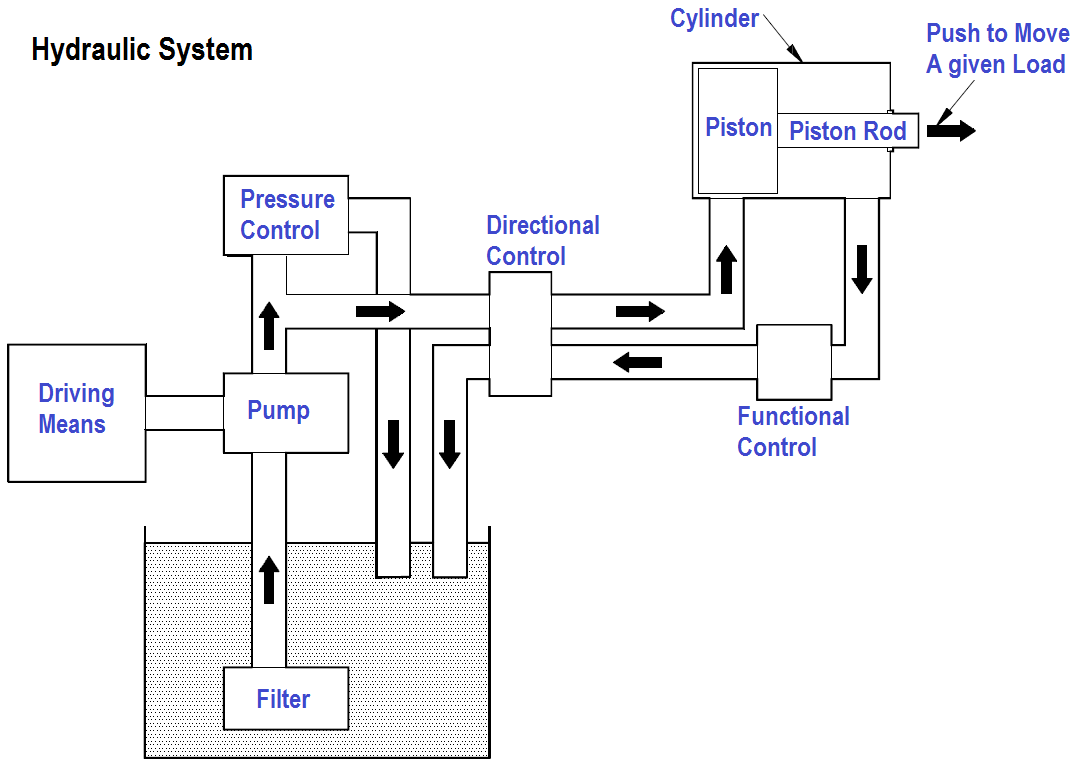
Figure 8 Basic Hydraulic System
The high pressure oil flows through a control valve (directional control). The control valve changes the direction of oil flow, depending upon the desired direction of the load. In Figure 8 the load can be moved to the left or to the right by changing the side of the piston to which the oil pressure is applied. The oil that enters the cylinder applies pressure over the area of the piston, developing a force on the piston rod. The force on the piston rod enables the movement of a load or device. The oil from the other side of the piston returns to a reservoir or tank.
Hazards
The hazards and precautions listed in the previous chapter on air compressors are applicable to hydraulic systems as well, because most of the hazards are associated with high pressure conditions. Any use of a pressurized medium can be dangerous. Hydraulic systems carry all the hazards of pressurized systems and special hazards that are related directly to the composition of the fluid used.
When using oil as a fluid in a high pressure hydraulic system, the possibility of fire or an explosion exists. A severe fire hazard is generated when a break in the high pressure piping occurs and the oil is vaporized into the atmosphere. Extra precautions against fire should be practiced in these areas.
If oil is pressurized by compressed air, an explosive hazard exists if the high pressure air comes into contact with the oil, because it may create a diesel effect and subsequent explosion. A carefully followed preventive maintenance plan is the best precaution against explosion.
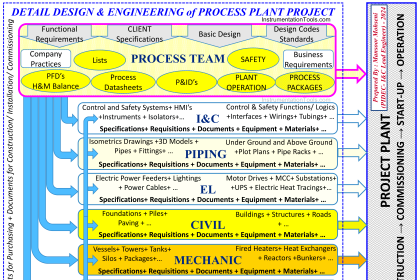

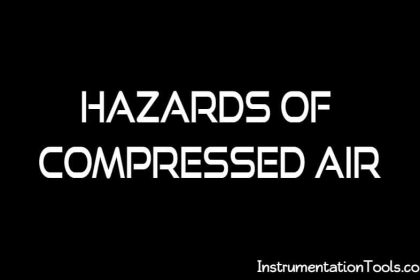
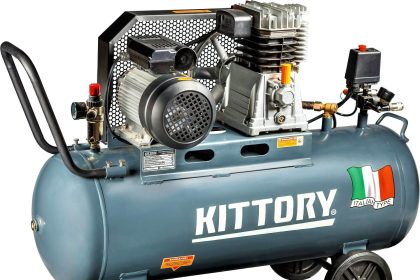
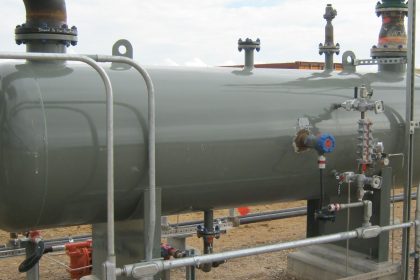
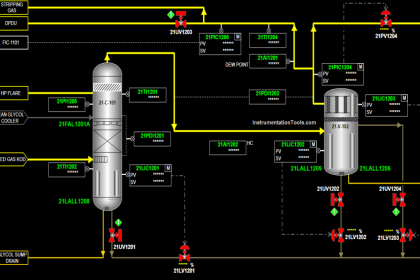
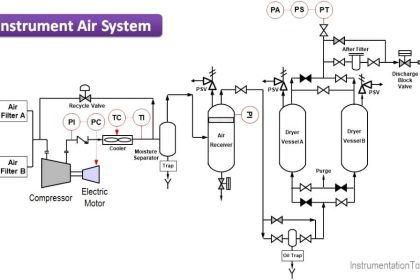
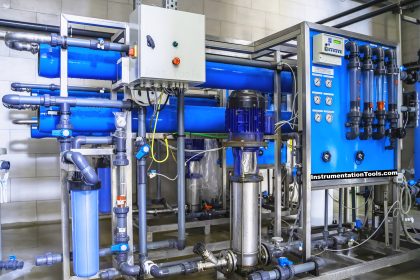

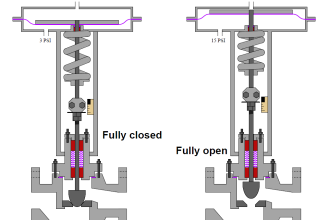
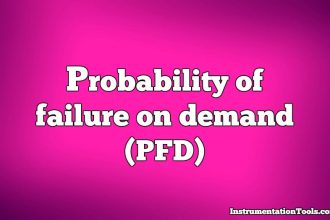

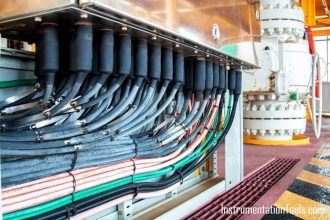
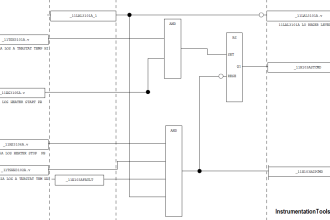

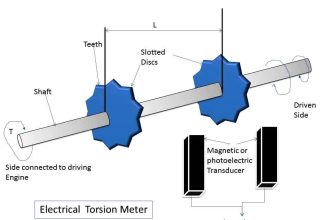

Thank you for very informative website